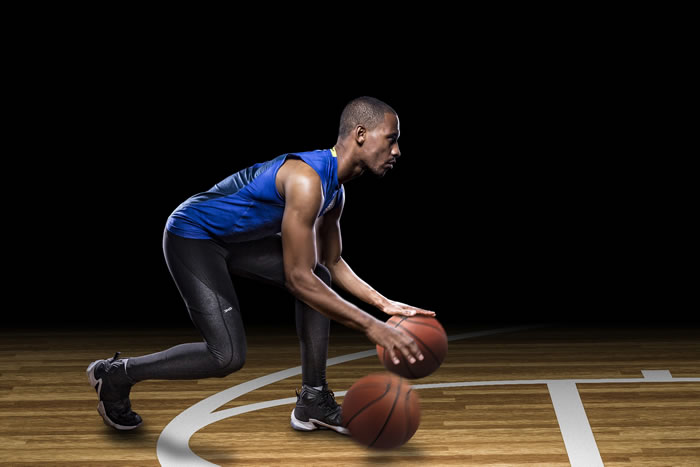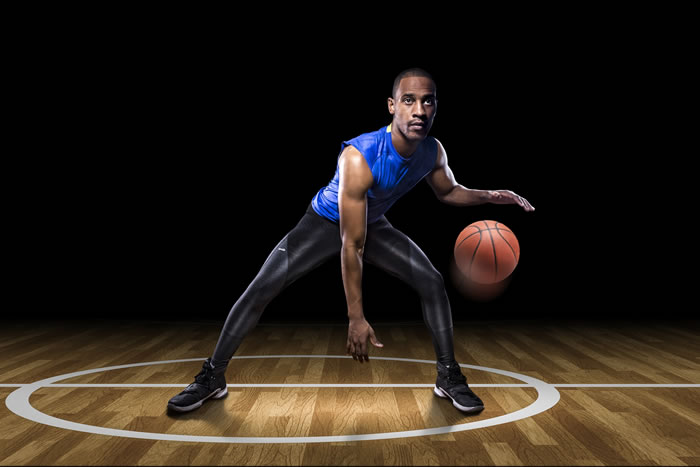
GUEST POST from Art Inteligencia
In the realm of human-centered design, understanding the needs, behaviors, and motivations of users is paramount. User research is the cornerstone of creating products and services that truly resonate with people. This article will guide you through the essential steps of conducting user research for human-centered design projects, enriched with real-world case studies to illustrate the process.
The Importance of User Research
User research is the process of understanding the behaviors, needs, and motivations of users through various qualitative and quantitative methods. It helps designers create solutions that are not only functional but also delightful and meaningful. Without user research, design efforts can become misguided, leading to products that fail to meet user expectations.
Steps to Conduct User Research
1. Define Your Objectives
Before diving into user research, it’s crucial to define what you aim to achieve. Are you looking to understand user pain points, validate a concept, or gather feedback on a prototype? Clear objectives will guide your research methods and ensure you gather relevant data.
2. Choose the Right Research Methods
There are numerous user research methods, each suited to different objectives. Some common methods include:
- Interviews: One-on-one conversations to delve deep into user experiences.
- Surveys: Structured questionnaires to gather quantitative data.
- Usability Testing: Observing users as they interact with a product to identify usability issues.
- Field Studies: Immersing in the user’s environment to understand context and behaviors.
- Focus Groups: Group discussions to gather diverse perspectives.
3. Recruit Participants
Selecting the right participants is crucial for obtaining meaningful insights. Aim for a diverse group that represents your target audience. Use screening questionnaires to ensure participants meet your criteria.
4. Conduct the Research
Execute your chosen methods with a focus on empathy and active listening. Create a comfortable environment for participants to share their thoughts openly. Record sessions (with consent) for later analysis.
5. Analyze the Data
After collecting data, analyze it to identify patterns, themes, and insights. Use affinity diagrams, journey maps, and personas to visualize and communicate your findings.
6. Synthesize Insights
Translate your findings into actionable insights. Identify key pain points, opportunities, and user needs that will inform your design decisions.
7. Share Findings with Stakeholders
Present your insights to stakeholders in a clear and compelling manner. Use storytelling techniques to convey the user journey and highlight critical insights.
Case Study 1: Redesigning a Mobile Banking App
Objective
A leading bank wanted to redesign its mobile banking app to improve user satisfaction and engagement.
Research Methods
- Interviews: Conducted in-depth interviews with 20 users to understand their banking habits and pain points.
- Usability Testing: Observed 15 users as they navigated the existing app to identify usability issues.
Findings
- Users found the navigation confusing and struggled to locate key features.
- Security concerns were a major pain point, with users wanting more transparent security measures.
- Users desired a more personalized experience, such as customized alerts and recommendations.
Outcome
The insights led to a complete overhaul of the app’s navigation, the introduction of transparent security features, and personalized user experiences. Post-launch, user satisfaction scores increased by 30%, and app engagement rose by 25%.
Case Study 2: Developing a New Fitness Tracker
Objective
A tech startup aimed to develop a new fitness tracker that stood out in a crowded market.
Research Methods
- Surveys: Distributed surveys to 500 potential users to gather quantitative data on fitness habits and preferences.
- Field Studies: Conducted field studies with 10 users to observe their fitness routines and challenges.
Findings
- Users wanted a tracker that seamlessly integrated with their existing fitness apps.
- Battery life was a significant concern, with users preferring devices that required less frequent charging.
- Users valued features that provided actionable insights, such as personalized workout recommendations.
Outcome
The startup designed a fitness tracker with extended battery life, seamless app integration, and personalized insights. The product received rave reviews for its user-centric design and quickly gained a loyal customer base.
Conclusion
Conducting user research is an indispensable part of human-centered design. By understanding the needs, behaviors, and motivations of users, designers can create products and services that truly resonate with people. The steps outlined in this article, along with the real-world case studies, provide a roadmap for conducting effective user research. Remember, the key to successful user research is empathy, active listening, and a commitment to translating insights into meaningful design solutions.
Bottom line: Futurology is not fortune telling. Futurists use a scientific approach to create their deliverables, but a methodology and tools like those in FutureHacking™ can empower anyone to engage in futurology themselves.
Image credit: Unsplash
![]() Sign up here to get Human-Centered Change & Innovation Weekly delivered to your inbox every week.
Sign up here to get Human-Centered Change & Innovation Weekly delivered to your inbox every week.



